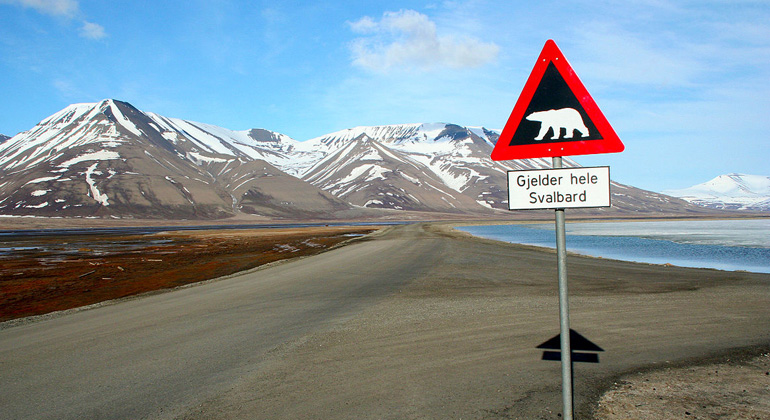Methane Seeps off Svalbard reduce Greenhouse Effect
International research team publishes new findings about gas exchange in the Arctic.
Large quantities of the greenhouse gas methane are enclosed in the seafloor of the Arctic seas. According to the current opinion, this methane could speed up the global warming if it leaks out of the seafloor and reaches the atmosphere. However, an international research team in collaboration with the GEOMAR Helmholtz Centre for Ocean Research Kiel has found that methane seeps on the seabed off the Norwegian archipelago of Svalbard do not necessarily have this effect; on the contrary, they can even remove greenhouse gases from the atmosphere. The study is published today in the Proceedings of the National Academy of Sciences of the United States of America (PNAS).
- Reference: Pohlman, J. W., J. Greinert, C. Ruppel, A. Silyakova, L. Vielstädte, M. Casso, J. Mienert, S. Bünz (2017): Enhanced CO2 uptake at a shallow Arctic Ocean seep field overwhelms the positive warming potential of emitted methane. Proc. Natl. Acad. Sci. USA, Early Edition, www.pnas.org/cgi/doi/10.1073/pnas.1618926114
- Related News: Methane Hydrates and Global Warming
- USGS Gas Hydrates Project
- The Center for Arctic Gas Hydrate, Einvironment and Climate an Climate at the UiT/Arctic University of Norway in Tromsø








